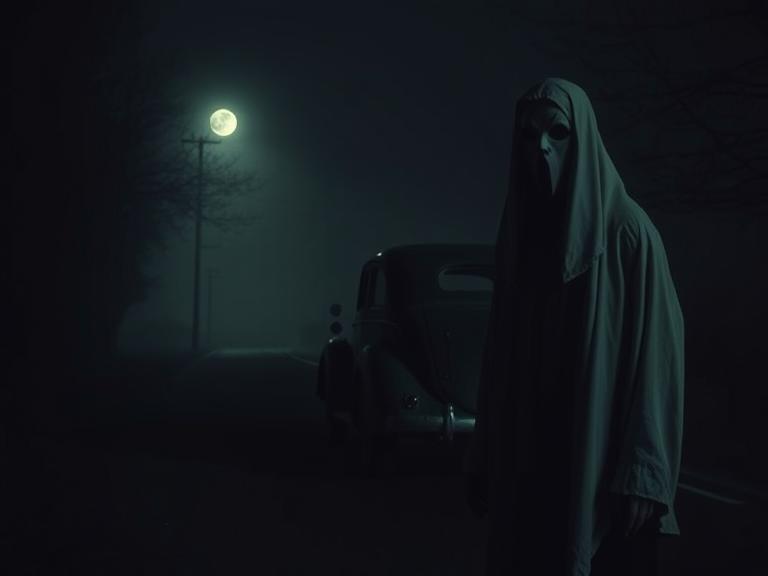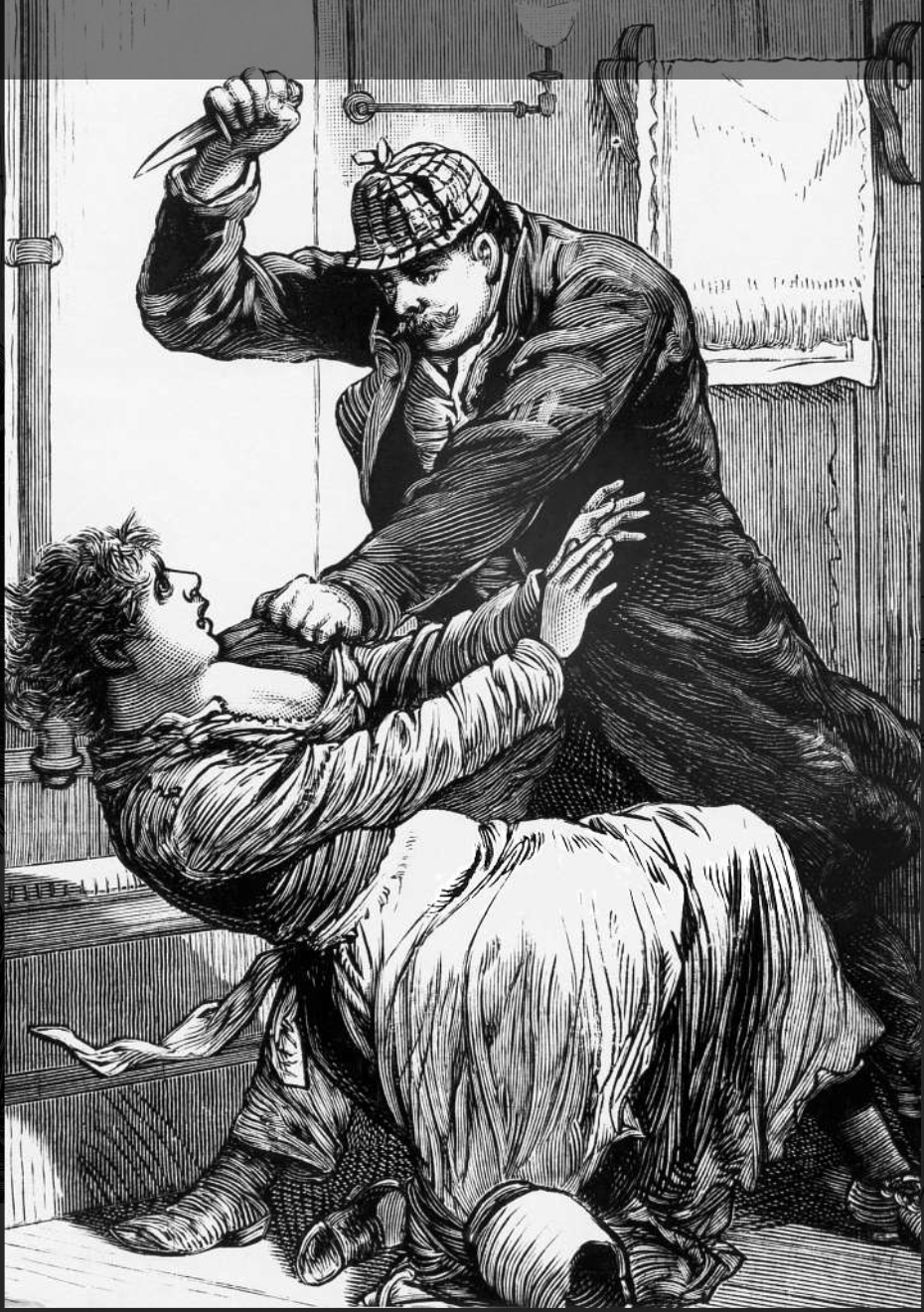In the spring of 1946, the quiet twin cities of Texarkana—straddling the border of Texas and Arkansas—were gripped by a wave of terror. A masked man, armed with a gun and a cruel sense of ritual, began targeting young couples in lovers’ lanes. His brutal spree would leave five dead, three injured, and a town permanently scarred by fear.
To this day, the killer’s identity remains unknown.
They called him the Phantom Killer.
And Texarkana became known as The Town That Dreaded Sundown.
The First Attack
On March 3, 1946, Jimmy Hollis and Mary Jeanne Larey parked in a secluded area after a movie. Shortly after 11:30 PM, a man in a white cloth mask appeared beside their car. He ordered them out at gunpoint.
Jimmy was beaten with the butt of a pistol, fracturing his skull. Mary Jeanne was assaulted and chased down after trying to flee.
Both survived—but they were the Phantom’s first known victims, and they would not be the last.
A Pattern of Fear
Over the next ten weeks, Texarkana would experience four more attacks:
- March 24 – Richard Griffin and Polly Ann Moore were found dead in their car. Both had been shot. The killer left no fingerprints.
- April 14 – Paul Martin and Betty Jo Booker were attacked after a high school dance. Paul was found shot on a dirt road. Betty Jo’s body was discovered two miles away, hidden under brush.
- May 3 – Virgil Starks was shot twice in the head through his window while reading the paper. His wife, Katie, was shot in the face while trying to call for help but survived.
The attacks always came at night. Always on weekends.
And always left the town in paralyzing fear.
The Phantom’s Calling Card
What made the Phantom Killer so chilling wasn’t just the brutality of his crimes—it was his silence. He never left a note. Never made a phone call. Never taunted police. His mask—made from a pillowcase or sack with holes cut for eyes—added to the air of inhuman menace.
Despite widespread panic, curfews, and citizens arming themselves, the killer vanished as suddenly as he appeared. The police received hundreds of tips and interrogated dozens of suspects, but no solid lead ever emerged.
One man, Youell Swinney, was arrested and questioned, and many believed he was the Phantom. But no charges were ever filed due to lack of evidence.
A Town on the Brink
The fear in Texarkana was so profound that people refused to go out at night. Gun stores sold out. Schools canceled events. Some citizens slept in shifts or left town altogether.
Reporters flooded in, turning the quiet border town into a media spectacle.
But while the headlines faded, the terror never truly left.
A Legacy of Horror
In 1976, the events inspired a horror film titled The Town That Dreaded Sundown, blending fact and fiction into a terrifying retelling. While the movie introduced new generations to the legend, for those who lived through it, the fear was never fiction.
To this day, the case remains open, though no new leads have surfaced in decades.
The Phantom Killer remains a ghost—a presence without a face, a name, or a motive.
The Phantom Killer’s story is one of America’s earliest modern serial murder cases—preceding the Zodiac and BTK—and yet remains lesser known, perhaps because it’s so deeply embedded in local fear rather than national headlines.
He was never caught.
He was never identified.
But the people of Texarkana remember.
Because when night falls, the dread returns.
For more cases like this, explore our archive. SinisterArchive.com—where the legends are real.




